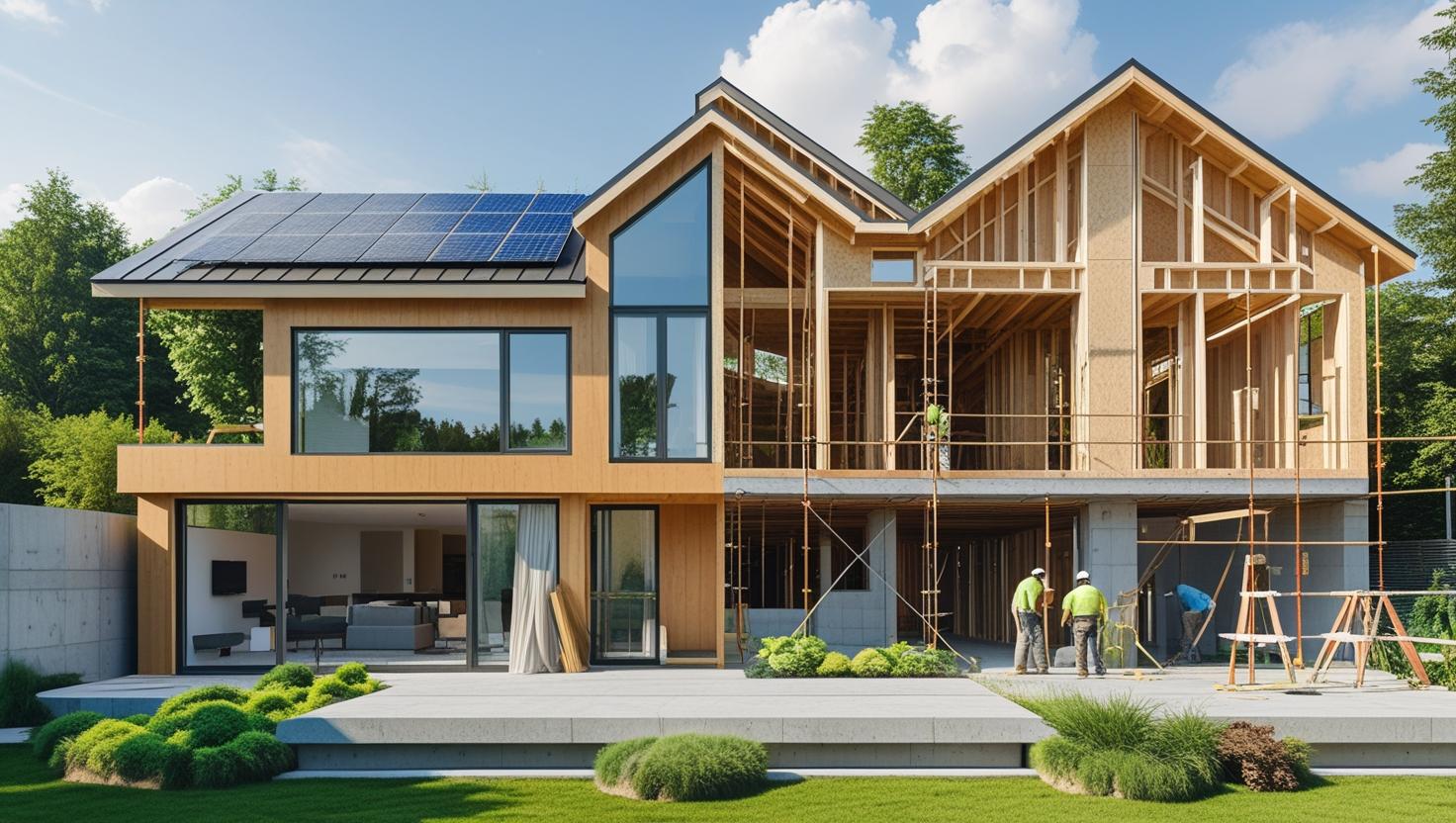
What would it take to transition Tasmania to the Passivhaus (Passive House) building standard?
paul mallett advocates strongly for an improvement in the energy efficiency and standard by which all new homes are built in Tasmania
Passivhaus (German for Passive House) is an internationally recognised design and construction standard for buildings that are ultra-energy-efficient, comfortable, and sustainable.
It focuses on:
- Super insulation — very thick, high-performance insulation.
- Airtightness — buildings that don’t leak heat through draughts.
- High-performance windows and doors — typically triple glazed.
- Thermal bridge-free design — eliminating areas where heat can leak.
- Mechanical ventilation with heat recovery (MVHR) — fresh air is supplied while recovering heat from outgoing air.
Buildings built to the Passivhaus standard need very little heating or cooling, stay at comfortable temperatures year-round, and use up to 90% less energy for heating and cooling compared to standard buildings.
paul supports a strategic transition to this standard in Tasmania by 2035 (or earlier if possible) to ensure the houses built now and for future generations have:
- Dramatically lower heating bills — Passive houses stay warm using a fraction of the energy, crucial in Tasmania’s cool winters.
- Year-round comfort — Even in the depths of winter, indoor temperatures remain stable and pleasant without relying on constant heating.
- Healthier indoor air quality — The ventilation system supplies fresh, filtered air — great for people with asthma or allergies, and important in a damp, cool climate.
- Eliminates mould and condensation — Airtight, well-insulated designs prevent cold spots where moisture could accumulate — a common issue in Tasmanian homes.
- Reduces greenhouse gas emissions — Supports Tasmania’s and Australia’s climate goals by slashing energy use and associated emissions.
- Resilience to energy price rises — Homes need so little heating that rising electricity or gas costs have minimal impact on household budgets.
- Supports energy independence — Pairing Passivhaus with rooftop solar makes homes nearly net-zero in energy needs.
- Quiet and peaceful indoors — Thick insulation and airtight construction keep out noise (good for both urban and rural areas).
- Long-term cost savings — While initial construction may cost more, savings on energy bills pay off over time.
- Future-proofed housing — As building codes tighten for climate performance, Passivhaus sets a standard that exceeds today’s minimum requirements.





